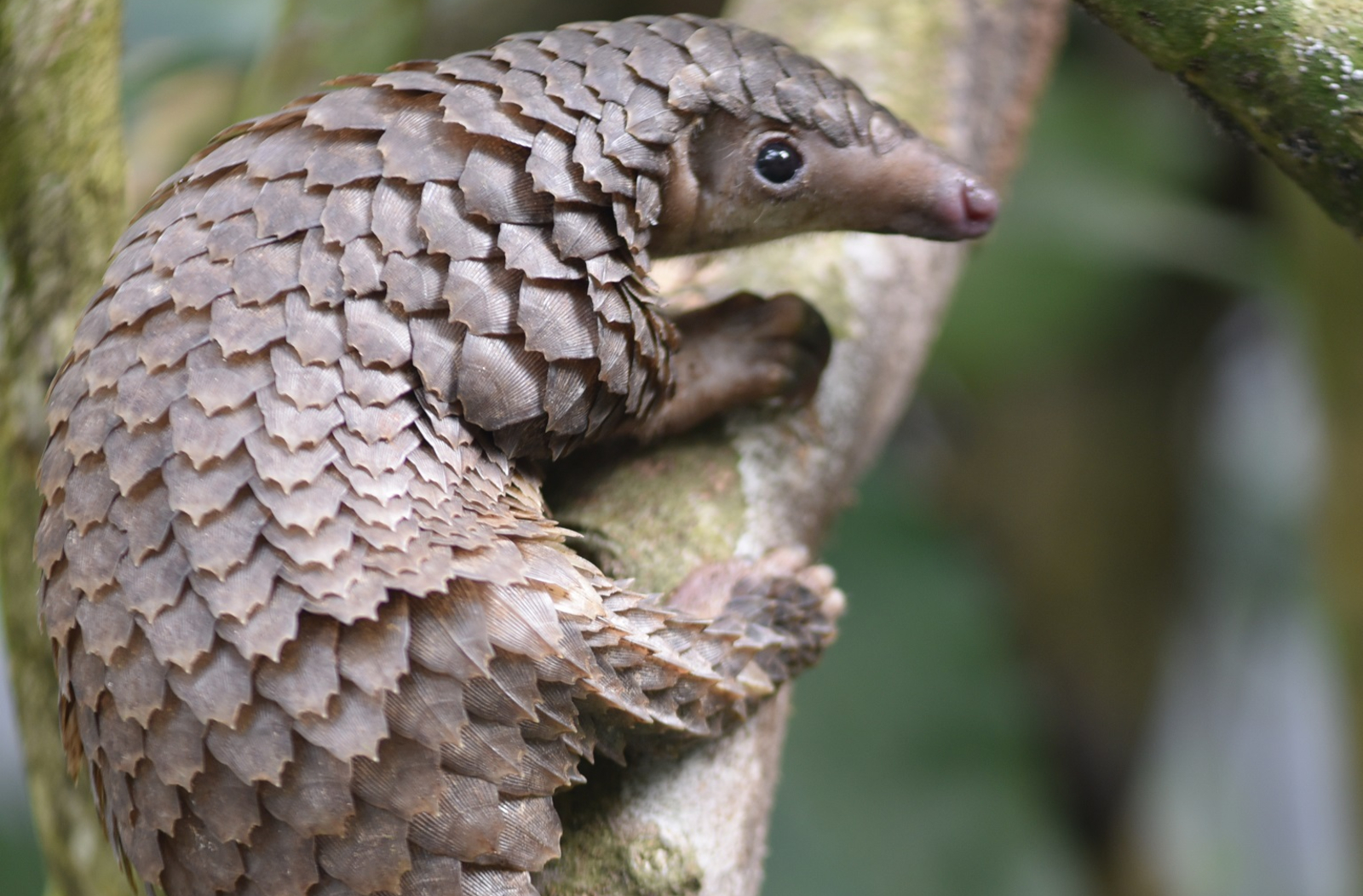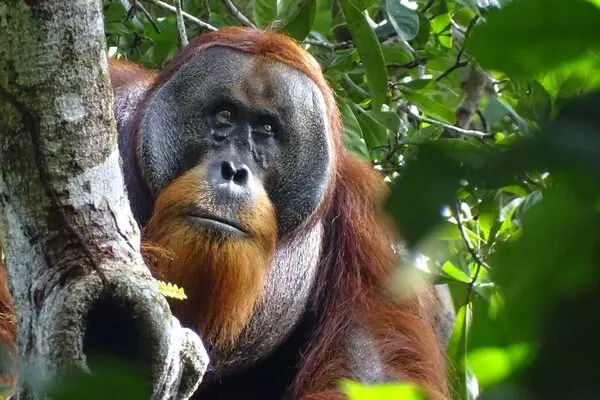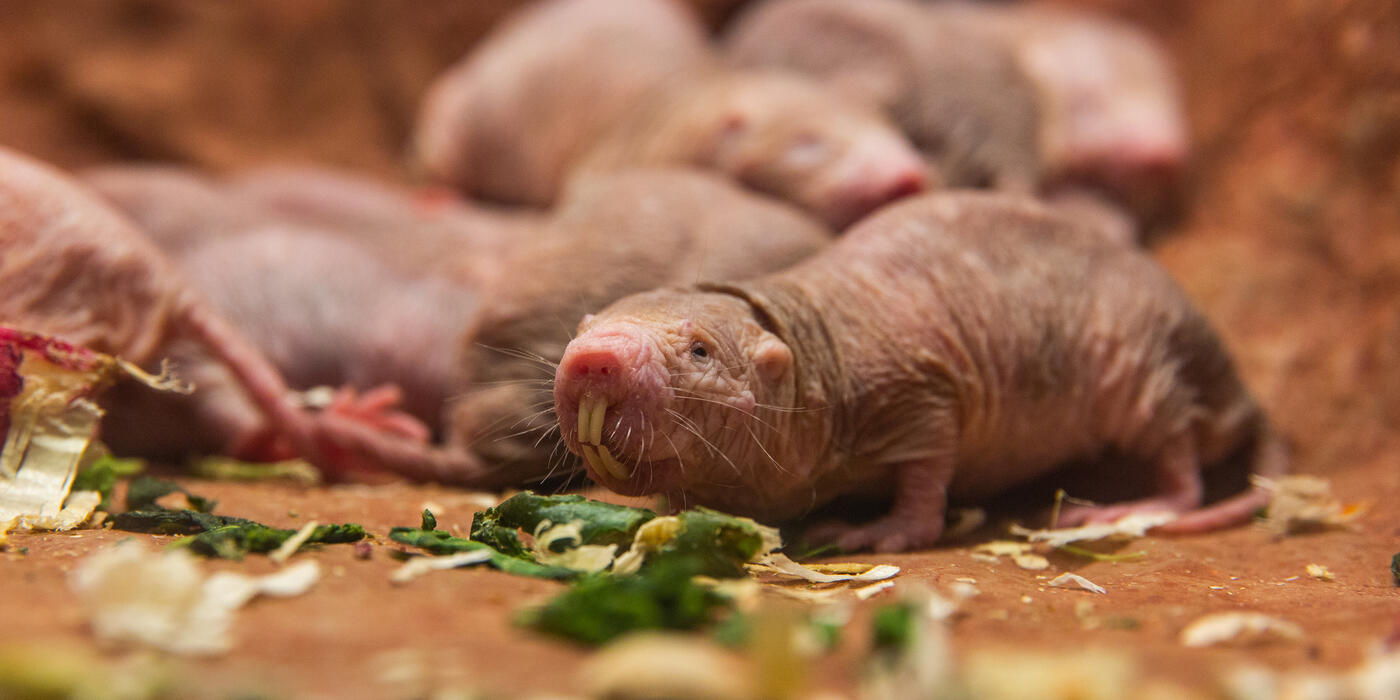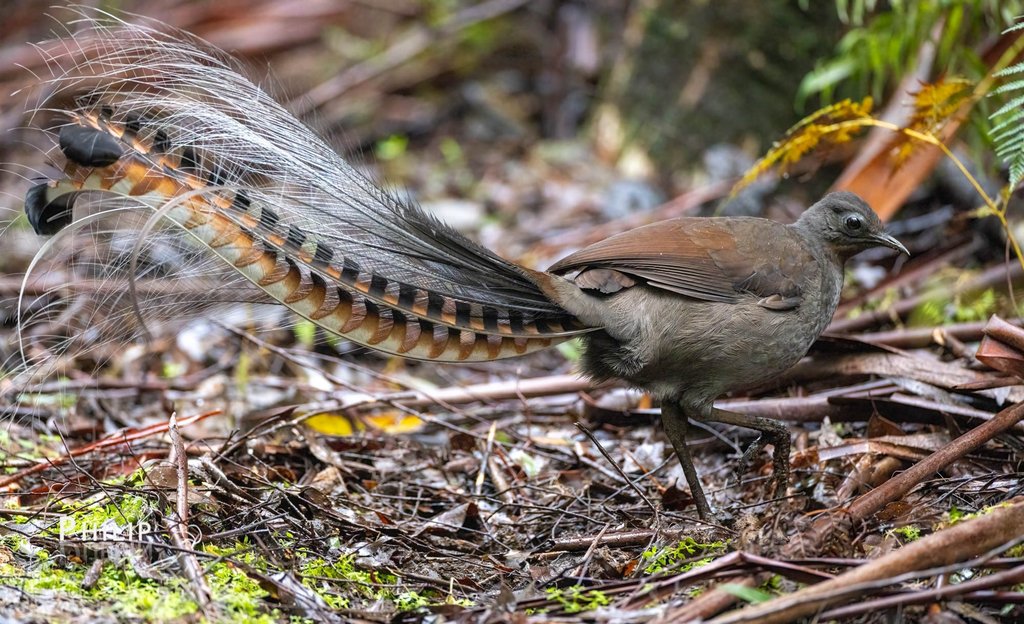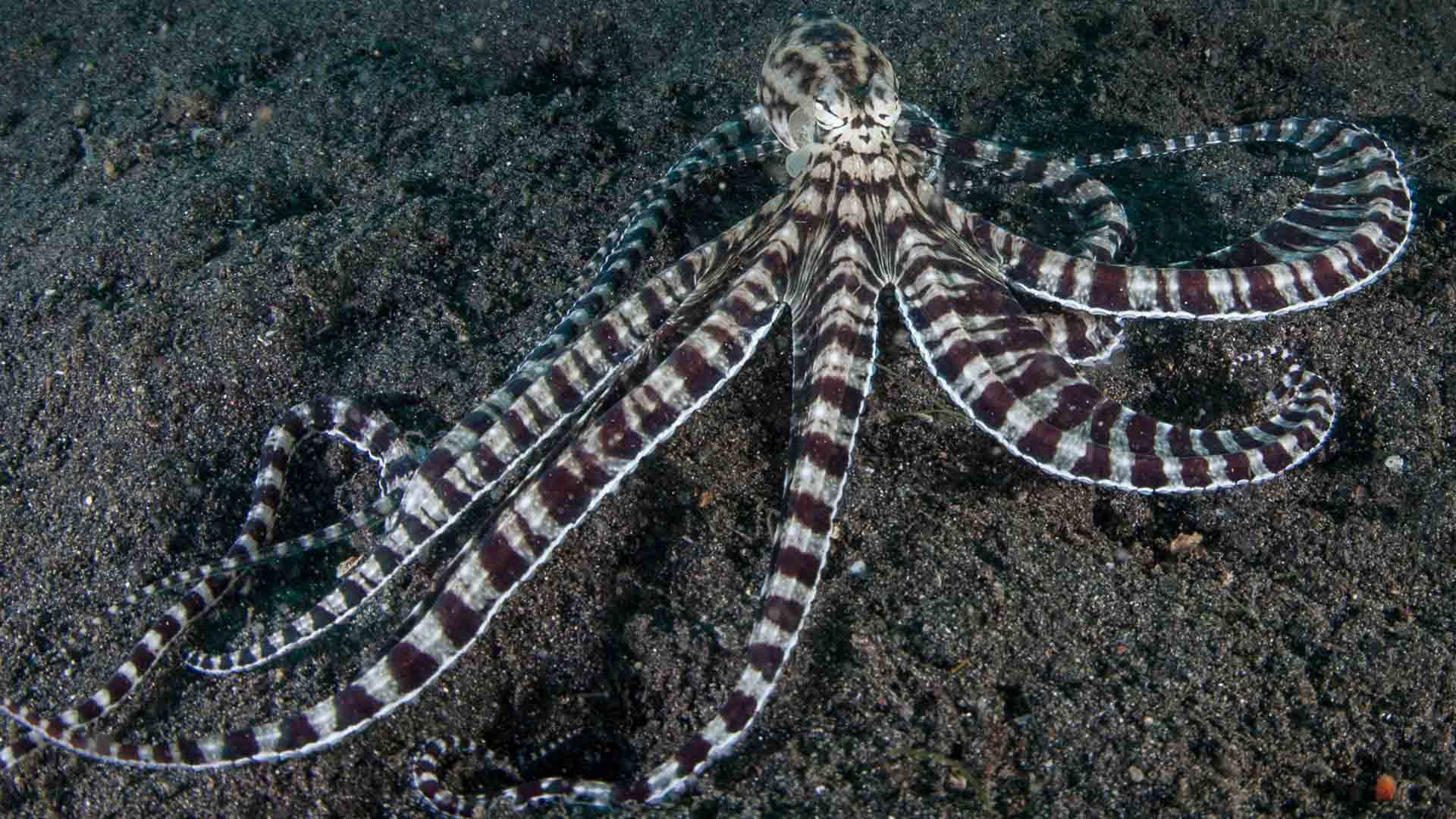The pangolin—a solitary, nocturnal mammal covered in protective keratin scales—is one of the most unique creatures in the animal kingdom. Often mistaken for a reptile due to its appearance, the pangolin is actually more closely related to carnivores like cats and bears. Native to Asia and Africa, this elusive insectivore can consume up to 70 million ants and termites per year, using its long, sticky tongue and powerful claws to tear into nests. Despite its ecological importance, the pangolin holds the unfortunate title of the world’s most trafficked mammal.
Wildlife experts and conservationists stress that all eight species of pangolins are now threatened, with two listed as critically endangered by the IUCN. Demand for their scales—wrongly believed to have medicinal value in traditional Asian practices—and their meat in high-end black markets has driven rampant poaching. Scientists working with organizations like Save Pangolins and WWF are tracking populations using radio telemetry and AI-driven surveillance in protected reserves. These efforts aim to inform breeding programs and create stronger legal protections.
Beyond conservation, the pangolin is a symbol of misunderstood wildlife. It plays a vital ecological role by regulating insect populations, and its decline could trigger imbalances in delicate ecosystems. Education and awareness campaigns are critical to reversing misconceptions and ending demand. Protecting the pangolin means preserving a creature that’s survived for millions of years—a quiet, scaly guardian of the forest floor whose future now depends entirely on human action.
